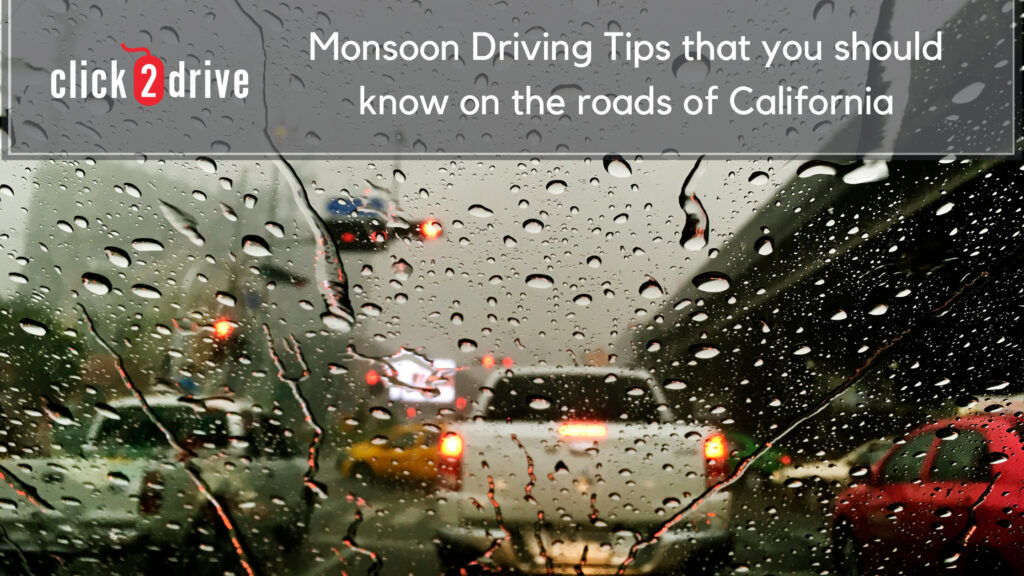We have discussed a few summer driving tips to stay safe and extra alert on the roads during summer. Similarly, monsoon is also tricky weather for a road trip. Find out few monsoon driving tips in the next blog if you are planning to drive in the monsoon.
If you drive your car in rainy weather, here are some monsoon driving tips to assist you to prepare to deal with wet roads as well as poor visibility that is a feature to such a climate.
-
Get Your Car Ready for Monsoon

You need to guarantee that your car is in perfect condition for the rainstorm season. A pre-monsoon servicing for your car is required. Most service will include a quality check for brakes, tires, wipers, headlights beams, horn, and so on
It is subsequently fundamental to get your car checked before getting out in the monsoon. Supplant damaged parts and replace tires whenever required. Slippery roads require solid new tires to work appropriately.
-
Defog the Windshields Regularly

As you are aware, during rainy days your car’s windshield, windows and back windshield typically get fogged up. It is significant that you routinely defog your car’s windows and windscreen so it doesn’t obstruct your vision. You should simply turn your ac on. Turning on the A/C eliminates moistures from the air with the assistance of system’s coil.
-
Drive Within Speed Limit

Drive slowly and have full control over your vehicle this a good practice that every California behind the wheel test driver follow and every driver should follow this practice in all climates. The most ideal way for road security during monsoon is to drive gradually. Wet streets increase the chances of vehicle sliding and accidents. Accordingly, keep a safe distance from the vehicles at the front and keep a safe speed limit.
-
Check Vehicle Brakes

You need to get your vehicle brakes checked before the monsoon sets. Wet brakes become useless in waterlogged zones and can cause brake failure. Try utilizing minimum brakes and control vehicle through steering wheel and clutch.
-
Switch on the headlights

Since visibility is significantly reduced in the rain, it is a wise idea to turn on the headlights, unrelated to the intensity of rain. This not only improves your visibility, yet additionally assists other vehicle drivers to see your vehicle.
-
Pull over when the rain turns out to be excessively heavy

Wiper’s sharp edges can get overloaded during extremely heavy rains, and cannot function as normal as they used to perform, resulting in a drop of water on the windscreen that turns out to be extremely difficult to see through. This is the point at which you need to pull over to allow the shower to pass or at least lighten till it arrives at a protected level. Ensure you move off the highway or road with your risk lights ON to a safe place where your vehicle is away from traffic.
Keep these additionally below tips in mind when driving in the rain:
- If it gets foggy during heavy rains use the car’s air conditioner and points the vents towards the windshield.
- Drive slowly because the stopping distance increases, and remember that the brakes are a bit less efficient during the rains.
- If you are passing through stale water, make a point to keep revving slightly, so water doesn’t enter the exhaust system.
- A pre-monsoon service is a quick and simple approach to distinguish and rectify problems.
The monsoon season causes numerous congestion and accidents, so it is fundamental for you to take all possible precautions to stay prepared. Use the above tips to secure yourself and your vehicle during this monsoon season.
Remember prevention is always better than cure. So, drive safely.




